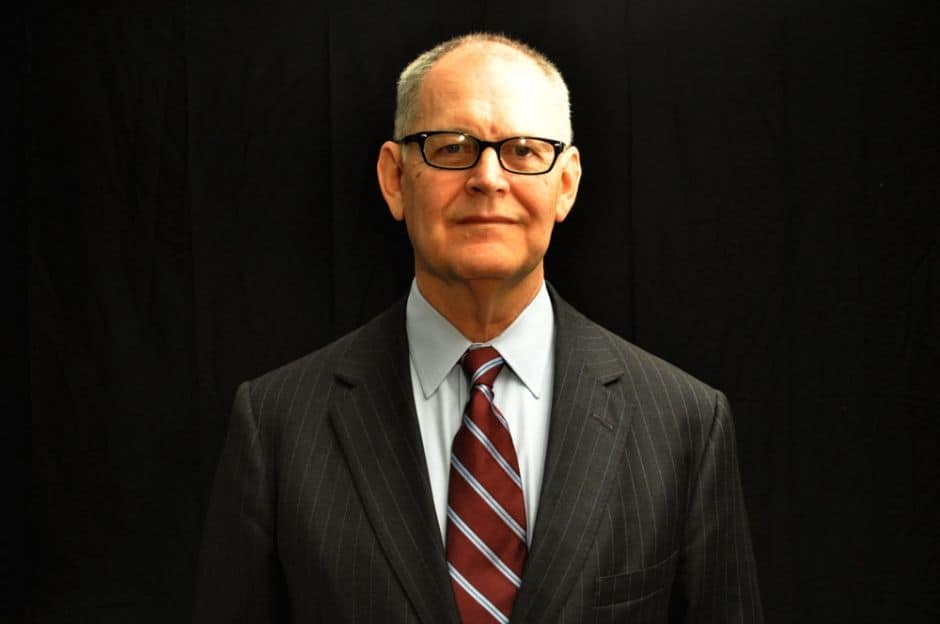Introduction
If you have private health insurance, it’s almost certain that a portion of the premiums you pay every month is used to support political agendas that are not in your best interests. But good luck finding out how much of that premium money your insurance company spends to influence public opinion and public policy.
While all companies are required to report their federal lobbying and Political Action Committee expenditures, that money is just a fraction of what they often spend in the political arena to protect their profits. Millions more — probably billions more — are spent secretly every year by corporations and their trade associations to shape policy discussions and actions. Corporate America is determined to preserve that secrecy.
Among my responsibilities when I worked at Cigna was the administration of the company’s PAC. The money we doled out to state and federal candidates every year was not huge, but a lot of thought went into determining who got checks. The lion’s share each year would usually go to Republican candidates, but influential Democrats also benefited. In 2012, Cigna’s PAC reported contributing a total of $213,000 to 73 Republicans and 41 Democrats.
That’s pocket change compared to the $3.09 million Cigna says it spent lobbying lawmakers last year in both Washington and state capitals. And it’s also a fraction of what CIGNA probably spent through its trade associations and other groups to influence how you think about health care policy issues and how lawmakers vote on them.
We don’t know how big the total is because there are no laws or regulations requiring corporations to report those expenditures. But there is a growing movement among shareholder groups to force companies to disclose this kind of spending because it may dwarf what they invest in lobbying and direct contributions to candidates.
That undoubtedly was the case during the health care reform debate. The trade group America’s Health Insurance Plans, for which Cigna is a leading dues-paying member, funneled more than $100 million in 2009 and 2010 to the U.S. Chamber of Commerce to finance the Chamber’s advertising and PR campaign aimed at defeating reform. This “backchannel spending,” which the National Journal uncovered by poring over IRS tax filings, enabled insurers to state publicly that they were backing reform while spending millions in policyholder premiums as part of an industry-wide stealth campaign to kill it.
Most of the $100 million came from “special assessments” contributed by Cigna and other AHIP member companies over and above their regular membership dues. We’ll never know how much of that $100 million came from Cigna, though, because corporations are not obligated to disclose such spending, and they have rebuffed calls that they do so voluntarily.
Among those pressuring companies to be more forthcoming is Rob McGarrah of the AFL-CIO’s Office of Investment. The union owns shares of stock in many companies, including Cigna, and is asking them to provide shareholders and the public with a more complete accounting of spending to influence public policy.
McGarrah was unsuccessful in persuading Cigna to disclose “special assessments” on behalf of AHIP and other groups, so the AFL-CIO submitted a shareholder resolution that would compel the company to report indirect funding of lobbying through trade associations and tax-exempt organizations, such as the American Legislative Exchange Council, which drafts “model legislation” to protect business interests.
At Cigna’s annual meeting of shareholders last Wednesday, Cigna shareholder Tom Swann spoke on behalf of the AFL-CIO’s resolution.
“Transparency and accountability in corporate spending to influence public policy are in the best interests of Cigna shareholders,” Swann argued.
But as expected, the resolution failed; Cigna had encouraged shareholders to vote against it — as the Chamber of Commerce is urging all companies facing such resolutions to do.
In its 2012 Political Contributions and Lobbying Activity Report, Cigna stated that the total dues it paid to AHIP was $837,377, including “any special assessments” it might have paid last year. But the company has refused to say how much of that was in the form of special assessments, and it has not disclosed how much it paid AHIP during the height of the health care reform debate in 2009 and 2010 when the trade organization was sending millions to the Chamber of Commerce. Cigna CEO David Cordani acknowledged that the company contributed special assessments to AHIP to pay for the Chamber’s advertising, but he would not say how much.
Although the resolution failed this year, the AFL-CIO and other like-minded investors are not throwing in the towel, and the Chamber is well aware of that. This coming Thursday, the Chamber’s Center for Capital Markets Competitiveness and its “Workforce Freedom Initiative” is inviting corporate executives to a meeting “to discuss the economic value of union-backed shareholder activism to investors and employers.”
You can rest assured that plenty of money in special assessments will go to the Chamber in the months and years ahead not only to influence public policy but to beat back attempts to get corporations to be more transparent and accountable. That’s just the way things work.
Read more in Health
Wendell Potter commentary
OPINION: ObamaCare myths and realities
State exchanges were a Republican idea, and early evidence shows they’re working
Wendell Potter commentary
OPINION: health reform to be political fodder in 2014
Changes prompted by law a political opportunity


Join the conversation
Show Comments